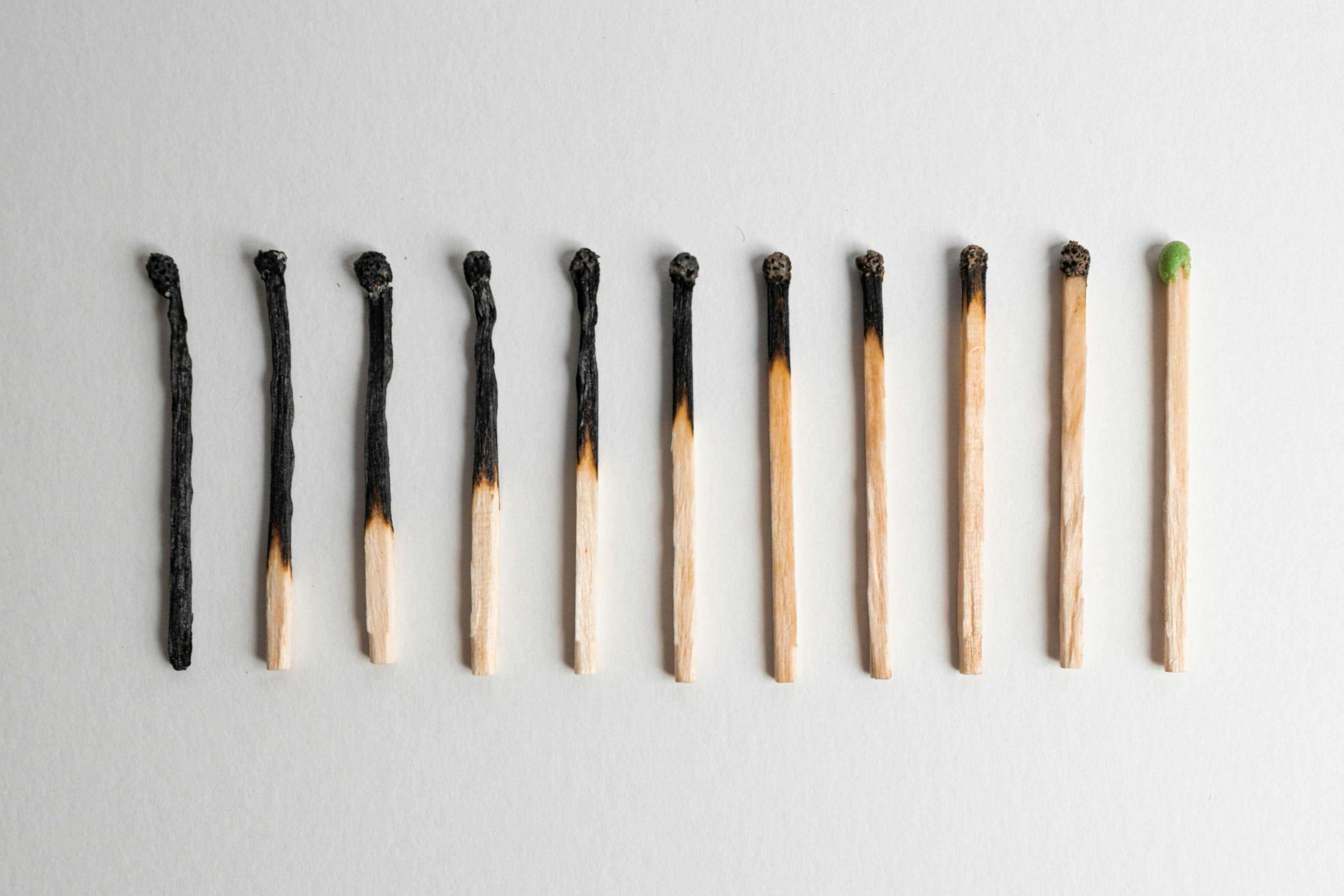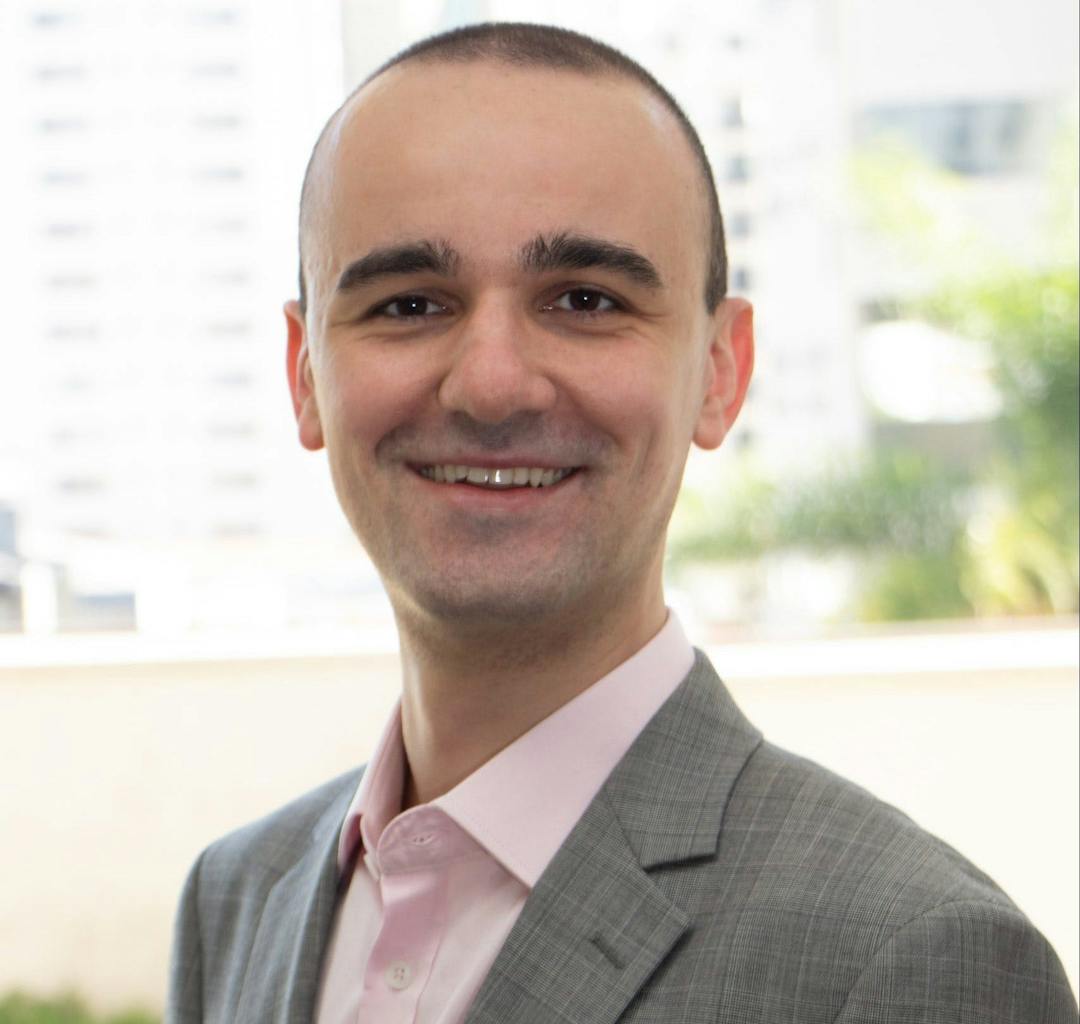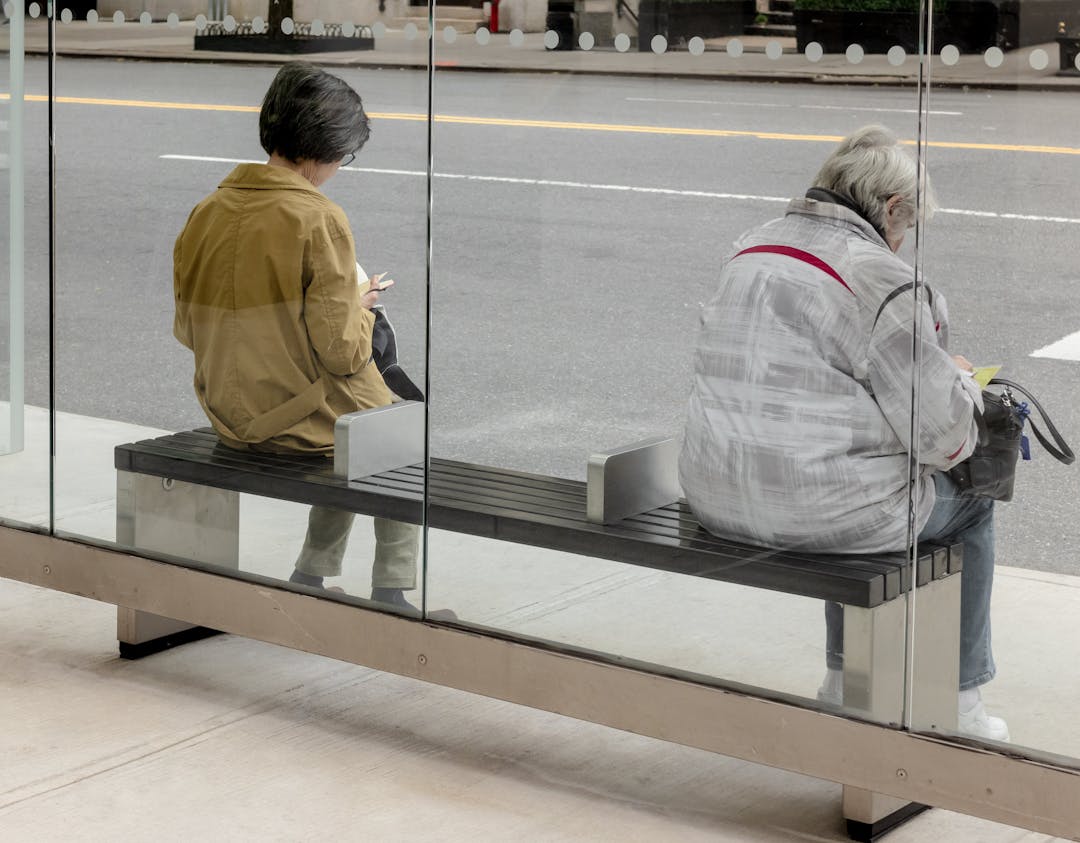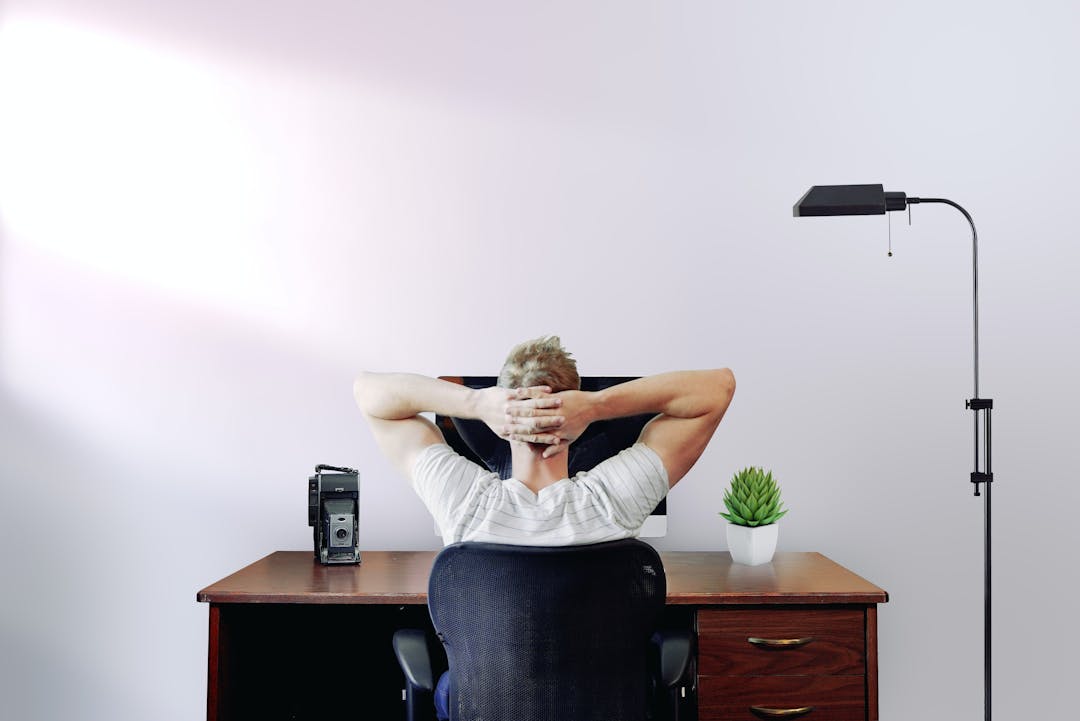Much Ado About Nothing: Remote Work and Burnout
Based on data from labor surveys, the International Labour Organization (ILO) estimates that 7.9% of the world’s workforce were permanently working from home prior to the COVID-19 pandemic, which accounts for roughly 260 million people.1 But this number may rise to something between 25–30% by the end of 2021, according to Kate Lister, President of Global Workplace Analytics.2
The huge shift from offices to homes, especially among those who had previously never teleworked, has caused innumerable changes both to the ways we work and how we perceive work. And as working hours continue to plummet—by 18.3% in the Americas, 13.9% in Europe and Central Asia, 13.5% in Asia and the Pacific, and 12.1% in Africa3—with the equivalent of 400 million full-time jobs estimated to have been lost worldwide, many employees feel increasingly apprehensive about their own permanence.
The paradox of remote work
This uncertainty, and the anxiety it produces, causes many of us to think about work during moments where we should be dedicating our full attention to something (or someone) else. What appeared, at first glance, to be a rare opportunity to work from anywhere, anytime, has become a stressful situation. As Barry Schwartz states: “Once people are in the position to be able to work at any time from any place, they face decisions every minute of every day about whether or not to be working.”4
“Thinking about work often means stressing about work,” declares Rebecca Zucker, an Executive Coach.5 As we spend our days dividing our attention between whatever we are doing in the moment, such as playing with our kids—they, too, locked down at home and away from school—and worrying about pending tasks in our professional context, we end up unable to fully accomplish either of these two goals.
Effects vary from negative impacts on cognitive functions (such as critical thinking, problem-solving, planning, and organization) to an unproductive routine: for example, we give up precious hours participating in our children’s development because we are occupied with work-related thoughts, or else become frustrated that we can’t resume work right away and address the issues we are thinking about.
Behavioral Science, Democratized
We make 35,000 decisions each day, often in environments that aren’t conducive to making sound choices.
At TDL, we work with organizations in the public and private sectors—from new startups, to governments, to established players like the Gates Foundation—to debias decision-making and create better outcomes for everyone.

Burnout Society: Our idleness aversion
In his essay, “The burnout society,” German philosopher Byung-Chul Han warns about a state of “hyperattention,”6 where we seek productivity all the time and busyness itself symbolizes the greatest achievement of the 21st century. Because of that, we remain trapped in the multitasking myth, shifting focus from one activity to another, but not dedicating ourselves entirely to any one of them in particular. He calls this “imaginary freedom.”
In a study published in the journal Nature, Laura Giurge and colleagues corroborate this view, writing: “Today, time poverty and ‘busyness’ are often seen as signals of productivity, success, and high status. Yet, recent scientific research provides compelling evidence that feeling time-poor can adversely affect subjective well-being (e.g., life satisfaction, positive affect), mental health, work performance, creativity, and relationship quality.”7
Being connected offers an infinite number of possibilities, which may lead us to feel we are “missing something” by passing up professional opportunities. However, this can lead people to place an undue sense of responsibility for their career success on their own shoulders. Consequently, they keep on seeking more stimuli, more information, and more jobs to be done. This comes at the expense of other important and necessary activities, such as being with family, self-reflection, and even sleep: A Korn Ferry study found that 66% of American workers face sleep deprivation due to stress. The impact of the pandemic on these numbers has yet to be calculated, but we are living in a potentially more complex situation with the emergence of “24/7 economies,” as Giurge describes current macroeconomic changes: task-oriented jobs are proliferating together with the archetype of the “ideal worker figure,” i.e., someone who “can only signal loyalty, devotion, and productivity through long work hours.”8
Time poverty and burnout
Defined as the chronic feeling of having too many things to do and not enough time to do them, time poverty is increasing in our society.7 Data from the Gallup U.S. Daily Poll—a nationally representative sample of U.S. residents—show that, in 2011, 70% of employed Americans reported that they “never had enough time.” In 2018, this proportion increased to 80%. 10
In a recent TED Talk, Ashley Whillans, an Associate Professor at Harvard Business School, shared the story of some leisure occasions in her life when, instead of enjoying the moment, she was busy working: a vacation trip to Europe, a summer beach escape in Cancun, and even inside a locker room… during a spa session!11
As she delves into the subject, she emphasizes we should prioritize time over money. After all, time is our most valuable resource. Although we have heard this many times before, we still fail to change our habits: we are so used to being busy that an idle moment may seem awkward, even uncomfortable. We are so used to constant stimulation that in our downtime, many of us are quick to reach for our smartphones, pulled into trivial engagements on social media when we would be better off taking a break. Why?
Basically, our brains find it difficult to establish temporal relations: we always think we will have more time in the future, and hence fail to see that our micro-attention spans are both insufficient to enhance productivity and damaging to our satisfaction. Moreover, we normally take free time for granted, resulting in what Whillans calls “time confetti”—that is, a misuse of time for trivial actions. And as the future becomes the present, filled up with an overwhelming number of tasks we have previously agreed to, we wish we could take back all the moment we said “yes” to yet another project.
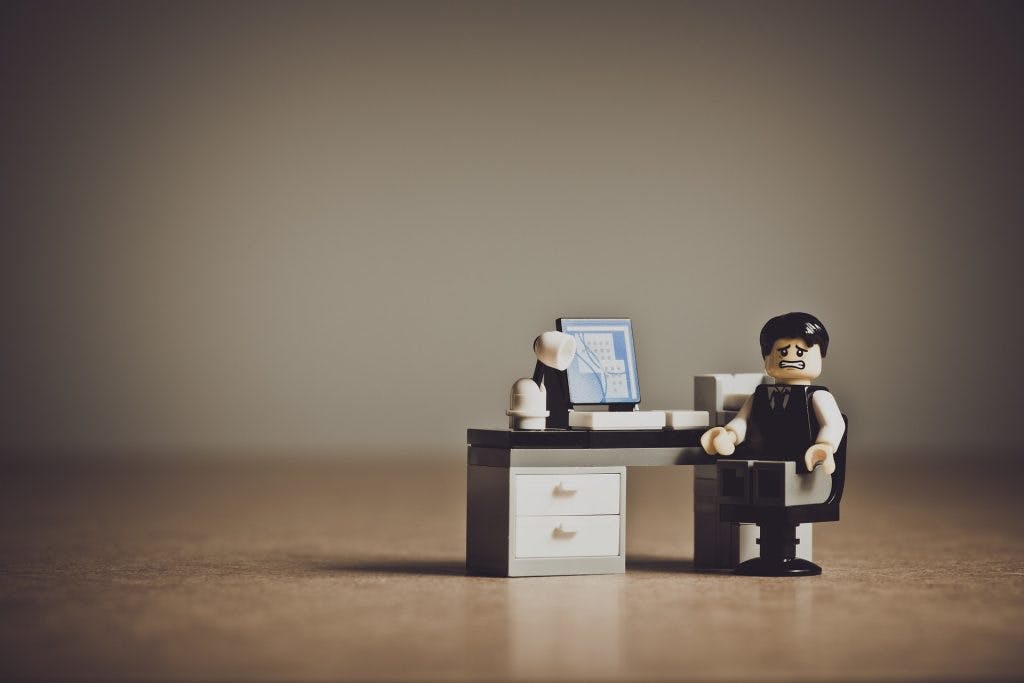
Organizing our mental closets with behavioral design
There are several behaviorally-oriented steps we can take to improve our remote work routines. Here are just a few:
- To-do lists: These are a good starting point for taking back our free time, but they are useless if they are not prioritized. They should be organized according to a project’s relevance, deadline, and the impact its completion will have. Otherwise, working hard will only make us feel stressed and frustrated, no matter how many hours we spend on the laptop.
- Time distribution: It may be tempting, but we should avoid allocating tasks to fill all of the 8 working hours in our day. This is because unanticipated work not only can appear—it will appear. And if we have no margin to deal with the unexpected tasks that pop up—the urgent ones, at least—chances are they will make us stressed and irritated.
- Write down your appointments and ideas: make sure to take pending jobs off your mind. As Michael Scullin, a psychological scientist and sleep researcher at Baylor University, has written, “unfinished tasks cycling through your mind stay at a heightened level of cognitive activation” and require constant review—the “remember-not-to-forget loop.” He continues: “The act of writing down these uncompleted tasks decreases cognitive arousal, rumination, and worry.”12 This is also valid for appointments and ideas: generally, we are not available to execute them right away. By transferring them from our heads to a notebook (or your favorite app, such as Evernote or Google Keep), we free up cognitive space to deal with other things.
- Turn off all but essential notifications on every electronic device you have. Notifications cause distractions, a trigger for our brain’s natural curiosity. As companies have drastically improved their digital marketing strategies, they use various techniques to have us constantly checking for updates—even the unnecessary ones. Unless you are dealing with an emergency, you do not need to know whether an e-mail will be delivered to your inbox imminently, or in three hours. Besides, neuroscience researchers have pointed out that it takes us up to 25 minutes to re-focus on our work once interrupted, depending on the complexity of the task.13 Multiply those minutes by all the interruptions you face in a day, and there you have it: a KPI for wasted time.
- Focus on the experience. Whillans advises savoring your experiences (in the spirit of the ancient Roman poet Horace’s famous phrase carpe diem, “seize the day”) rather than spending time choosing—in this case, whether to answer another e-mail, resume a business document, or finish any other pending task. In her book, Time Smart, she invites us to calculate several trade-offs in order to realize that a lot of the choices we make are suboptimal, actually preventing us from using our time to its fullest potential.14
Despite the challenges that working from home brought us, it is possible to regain control of our routine. Once we understand how we are allocating time, and what matters the most, we will be able to repurpose habits and build a happier, more fulfilling life.
References
- International Labour Organization. (2020). Working from home: estimating the worldwide potential. Report retrieved from: https://www.ilo.org/wcmsp5/groups/public/—ed_protect/—protrav/—travail/documents/briefingnote/wcms_743447.pdf
- Global Workplace Analytics. (2020). Work-at-home after Covid-19 – our forecast. Retrieved from: https://globalworkplaceanalytics.com/work-at-home-after-covid-19-our-forecast
- United Nations. (2020). Hard times forecast for global job recovery in 2020, warns UN labour agency chief. Retrieved from: https://news.un.org/en/story/2020/06/1067432
- Schwartz, B. (2016). The paradox of choice: why more is less, Revised edition. New York: Ecco.
- Zucker, R. (2019). How to stop thinking about work at 3 am. Articled published at Harvard Business Review, Dec 19. Retrieved from: https://hbr.org/2019/12/how-to-stop-thinking-about-work-at-3am
- Han, B. (2015). The burnout society. California: Stanford Briefs.
- Giurge, L., Whillans, A. V., & West, C. (2020). Why time poverty matters for individuals, organisations and nations. Nature Human Behaviour. 4. 10.1038/s41562-020-0920-z.
- Korn Ferry Institute. (2018). Workplace stress continues to mount. Survey retrieved from: https://www.kornferry.com/insights/articles/workplace-stress-motivation
- Hsee, C. K., Yang, A. X., & Wang, L. (2010). Idleness aversion and the need for justifiable busyness. Psychological science, 21(7), 926–930. https://doi.org/10.1177/0956797610374738
- Whillans, A.V. (2019). Time for happiness: Why the pursuit of money isn’t bringing you joy – and what will. Harvard Business Review.
- Whillans, A. V. (2019, June). A simple strategy for happiness [Video]. TEDx Talks. https://www.youtube.com/watch?v=C36WaLcHpEY
- Scullin, M. K., Krueger, M. L., Ballard, H. K., Pruett, N., & Bliwise, D. L. (2018). The effects of bedtime writing on difficulty falling asleep: A polysomnographic study comparing to-do lists and completed activity lists. Journal of Experimental Psychology: General, 147(1), 139–146. https://doi.org/10.1037/xge0000374
- Mark, G., Gonzalez, V. M., & Harris, J. (2005). No task left behind? examining the nature of fragmented work. In Proceedings of the SIGCHI Conference on Human Factors in Computing Systems (CHI ’05). Association for Computing Machinery, New York, NY, USA, 321–330. DOI: https://doi.org/10.1145/1054972.1055017
- Whillans, A. V. (2020). Time smart: how to reclaim your time and live a happier life. Harvard Business Press.
About the Author
Tiago Rodrigo
Tiago is a Behavioral Economist and Managing Partner at Arquitetura RH. He has a background in complex and multicultural IT projects, and uses Design Sprints to bring together innovation and behavioral design. In Brazil, he co-leads a lab in São Paulo, where he organizes discussions and implements nudges to help organizations improve choice architecture in digital products, financial awareness among young professionals, and security in industrial contexts.
